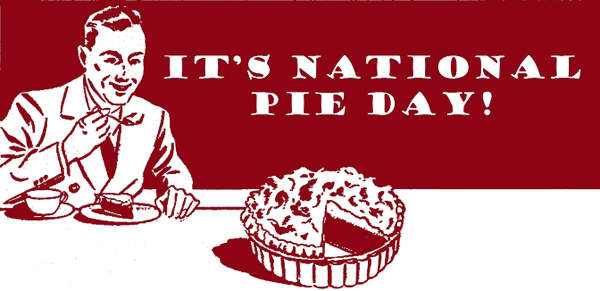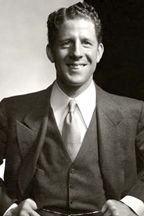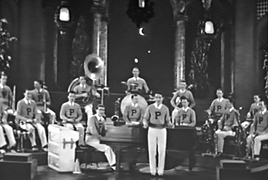
Hey, everyone—it’s National Pie Day! Here’s hoping you find the time to enjoy a slice (or two) with your pals—or even your best guy or gal!
And while you’re at it, why not enjoy this rendition by Fred Waring and the Pennsylvanians of Irving Berlin‘s ode to pie, coffee and a positive outlook!
Tell us, Cladrite readers, what’s your favorite kind of pie? (We’ll readily confess a weakness for pumpkin.)



